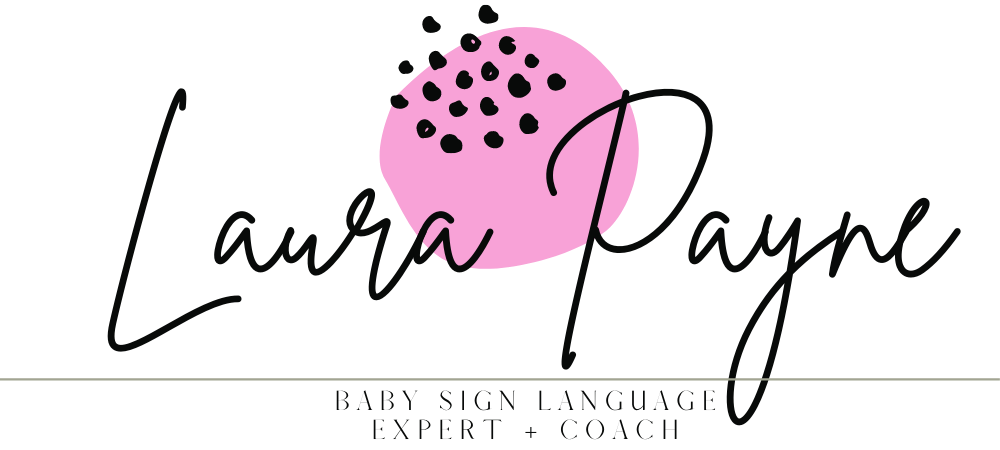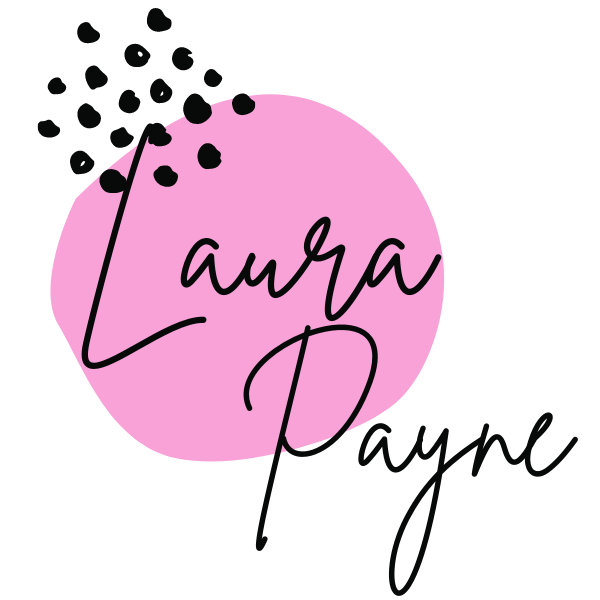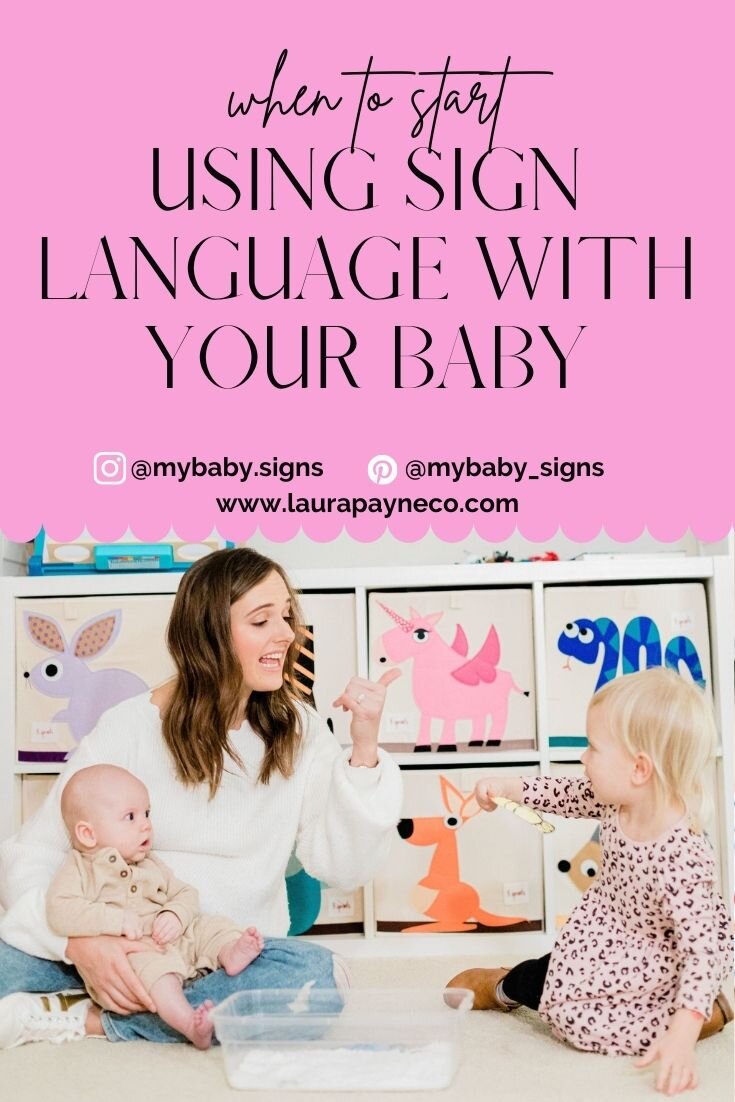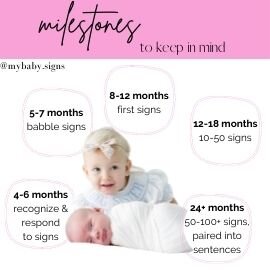When To Start Using Sign Language With Your Baby
Motherhood: the stage of life where you are always running behind. Can I get an “amen”?? But we are also sometimes full of worry about being "too late" to the game. Trying to get your child registered for daycare? Sorry, get on the waitlist. Ready to introduce bottles? Baby goes on strike like no other. Confirm that baby prefers to only turn her head to one direction? A flat spot has developed. When you feel like you just can’t ever win… I’ve got good news for you!
If you don’t already, please follow me on Instagram for more about how sign language can be a game charger for your baby / toddler’s early communication skills.
It’s never too late!!
Thinking you may want to start using sign language with your baby to help facilitate early language development? Hear me loud and clear: IT IS NOT TOO EARLY OR TOO LATE!
Breathe that sigh of relief, momma!
Regardless if your baby is a few weeks or months old, or if yours is officially a toddler, you can start signing now to enrich their early communication skills and lessen their frustration levels they are currently experiencing, or will experience in the future.
Parents start to use sign language at different ages for a variety of reasons. I’m going to break some of those down for you and give you some realistic expectations so that when you do decide to start, you are already off to a great start!
Want to use sign language with your little one?
Look Who’s Signing Now is my signature four part course that teaches you the exact blueprint I use to teach my own children sign language. Beginning with the foundation of why and when to use baby sign language, how to implement it, and what signs to use. With this self-study e-course, you will have the confidence to sign with your baby and boost their early communication while reducing frustrations, tantrums, and time wasted playing the guessing game.
Check out my online resources for parents! Browse my current offerings.
Why parents start using sign language with their child at a particular age
Less than 6 months old: Sign language takes consistency to implement on your part, and parents of young babies like to learn when they are very young, so they can have ample time to work sign language into their routines and daily life as those get established with the baby.
6 months: Many parents are excited and eager to introduce solids to their babies, and find this is also a great age to start using sign language. Babies are able to sit up, focus on the signs, and have high motivation during meal time.
12 months: As your baby reaches their first birthday, they are mobile and eager to learn about the world around them. While they may have developed their first word, some parents are interested in introducing sign language at this age because they realize their baby has many preferences and desires to communicate, but isn’t able to yet.
18 months: These tots have a lot they want to protest, request, and share with everyone around them, and parents find that their limited spoken vocabulary is causing lots of frustration and meltdowns are building. Many parents are highly motivated to help provide additional tools for their toddler to communicate their needs and wants, because the gap between what their toddler can verbalize and what they need to communicate is very large.
2 years and older: As spoken words begin to be paired together and babbling is replaced by more emerging spoken words, this age is feeling all of the emotions and can also be hard to understand at times. Parents decide to introduce sign language to these toddlers to help reduce tantrums, add clarity to their spoken words, and help extend their utterances to include more words (a mix of signed and spoken).
What to expect with baby sign language
First, some guidelines:
milestones can (and will) vary
exposure, consistency, & repetition are all factors
developmental skills, such as motor skills, do play a roll
Regardless of when you decide to start using sign language with your little one, these milestones are helpful to keep in mind:
Your baby will first recognize and respond to signs you are using consistently.
You may notice your baby play, practice, or experiment with signs (such as MILK) out of context, or repeated over and over again. just like spoken language, your baby will babble signs!
Your baby's first sign may emerge between 8-12 months old. just like with anything, this takes consistency & intention on your part.
Young toddlers can more quickly acquire signs into their vocabulary. they may already have a few spoken words, and signs will help them extend their language to meet more of their needs.
Older toddlers can pair signs into sentences, often helping their spoken language skills be more clear & concise.
Ask yourself: what is your GOAL?
What is your goal with using sign language with your baby or toddler?
Is it perhaps to ditch the guessing game? Reduce the communication gap as spoken language develops? Or could it be to lessen the duration and frequency of tantrums and meltdowns?




